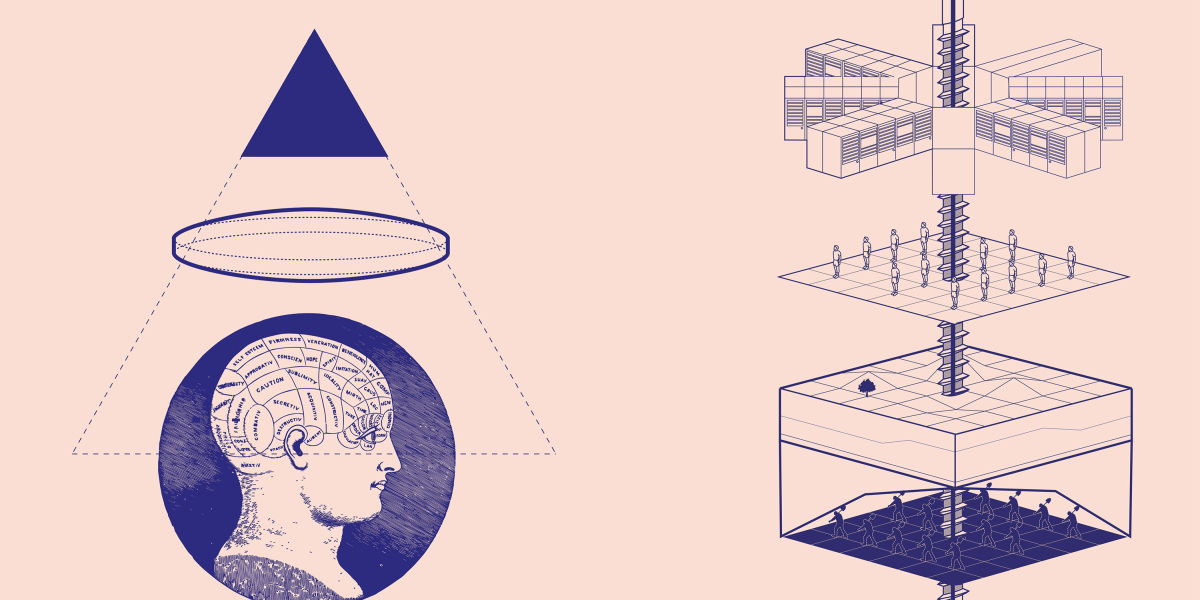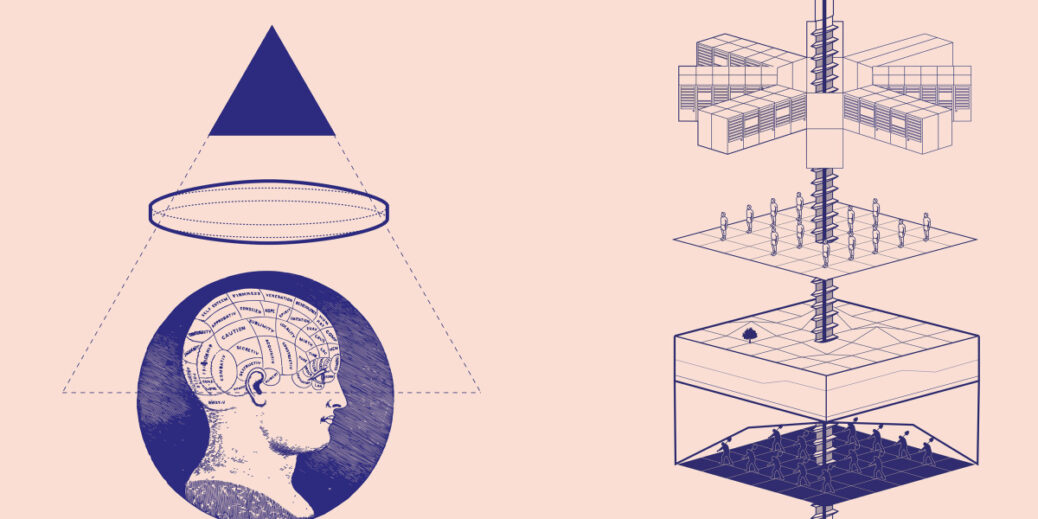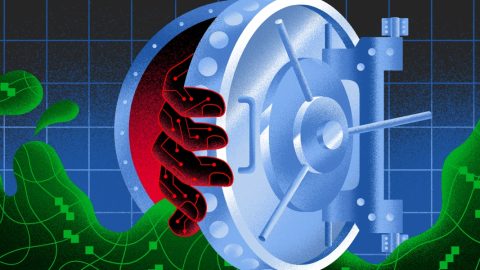
In doing that,, I wanted to really open up this understanding of AI as neither artificial nor intelligent. It’s the opposite of artificial. It comes from the most material parts of the Earth’s crust and from human bodies laboring, and from all of the artifacts that we produce and say and photograph every day. Neither is it intelligent. I think there’s this great original sin in the field, where people assumed that computers are somehow like human brains and if we just train them like children, they will slowly grow into these supernatural beings.
That’s something that I think is really problematic—that we’ve bought this idea of intelligence when in actual fact, we’re just looking at forms of statistical analysis at scale that have as many problems as the data that it’s given.
Was it immediately obvious to you that this is how people should be thinking about AI? Or was it a journey?
It’s absolutely been a journey. I’d say one of the turning points for me was back in 2016, when I started a project called “Anatomy of an AI system” with Vladan Joler. We met at a conference specifically about voice-enabled AI, and we were trying to effectively draw what it takes to make an Amazon Echo work. What are the components? How does it extract data? What are the layers in the data pipeline?
We realized, well—actually, to understand that, you have to understand where the components come from. Where did the chips get produced? Where are the mines? Where does it get smelted? Where are the logistical and supply chain paths?
Finally, how do we trace the end of life of these devices? How do we look at where the e-waste tips are located in places like Malaysia and Ghana and Pakistan? What we ended up with was this very time-consuming two-year research project to really trace those material supply chains from cradle to grave.
When you start looking at AI systems on that bigger scale, and on that longer time horizon, you shift away from these very narrow accounts of “AI fairness” and “ethics” to saying: these are systems that produce profound and lasting geomorphic changes to our planet, as well as increase the forms of labor inequality that we already have in the world.
So that made me realize that I had to shift from an analysis of just one device, the Amazon Echo, to applying this sort of analytic to the entire industry. That to me was the big task, and that’s why Atlas of AI took five years to write. There’s such a need to actually see what these systems really cost us, because we so rarely do the work of actually understanding their true planetary implications.
The other thing I would say that’s been a real inspiration is the growing field of scholars who are asking these bigger questions around labor, data, and inequality. Here I’m thinking of Ruha Benjamin, Safiya Noble, Mar Hicks, Julie Cohen, Meredith Broussard, Simone Brown—the list goes on. I see this as a contribution to that body of knowledge by bringing in perspectives that connect the environment, labor rights, and data protection.
You travel a lot throughout the book. Almost every chapter starts with you actually looking around at your surroundings. Why was this important to you?
It was a very conscious choice to ground an analysis of AI in specific places, to move away from these abstract “nowheres” of algorithmic space, where so many of the debates around machine learning happen. And hopefully it highlights the fact that when we don’t do that, when we just talk about these “nowhere spaces” of algorithmic objectivity, that is also a political choice, and it has ramifications.
In terms of threading the locations together, this is really why I started thinking about this metaphor of an atlas, because atlases are unusual books. They’re books that you can open up and look at the scale of an entire continent, or you can zoom in and look at a mountain range or a city. They give you these shifts in perspective and shifts in scale.
There’s this lovely line that I use in the book from the physicist Ursula Franklin. She writes about how maps join together the known and the unknown in these methods of collective insight. So for me, it was really drawing on the knowledge that I had, but also thinking about the actual locations where AI is being constructed very literally from rocks and sand and oil.
What kind of feedback has the book received?
One of the things that I’ve been surprised by in the early responses is that people really feel like this kind of perspective was overdue. There’s a moment of recognition that we need to have a different sort of conversation than the ones that we’ve been having over the last few years.
We’ve spent far too much time focusing on narrow tech fixes for AI systems and always centering technical responses and technical answers. Now we have to contend with the environmental footprint of the systems. We have to contend with the very real forms of labor exploitation that have been happening in the construction of these systems.
And we also are now starting to see the toxic legacy of what happens when you just rip out as much data off the internet as you can, and just call it ground truth. That kind of problematic framing of the world has produced so many harms, and as always, those harms have been felt most of all by communities who were already marginalized and not experiencing the benefits of those systems.
What do you hope people will start to do differently?
I hope it’s going to be a lot harder to have these cul-de-sac conversations where terms like “ethics” and “AI for good” have been so completely denatured of any actual meaning. I hope it pulls aside the curtain and says, let’s actually look at who’s running the levers of these systems. That means shifting away from just focusing on things like ethical principles to talking about power.





Recent Comments